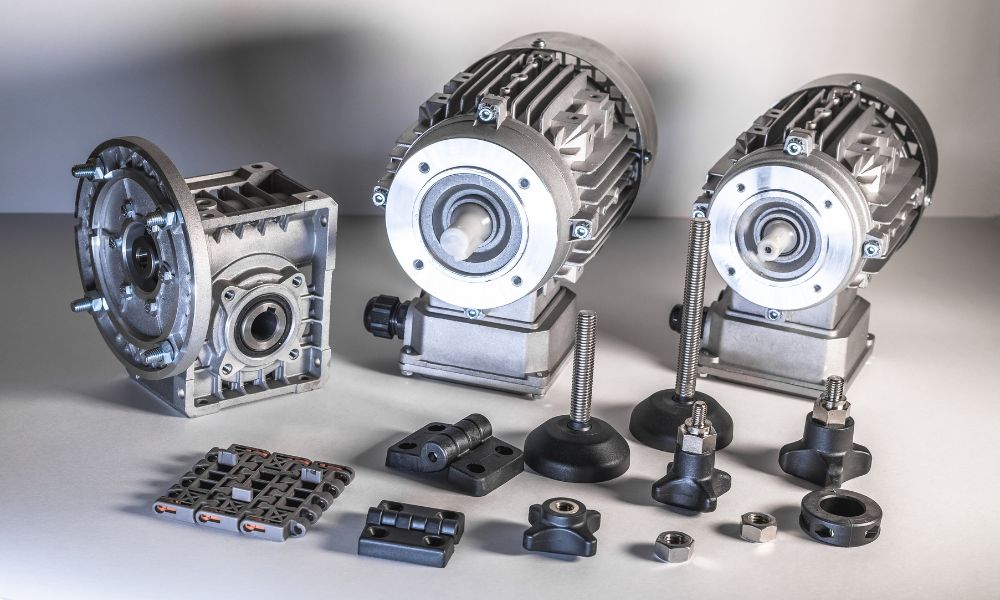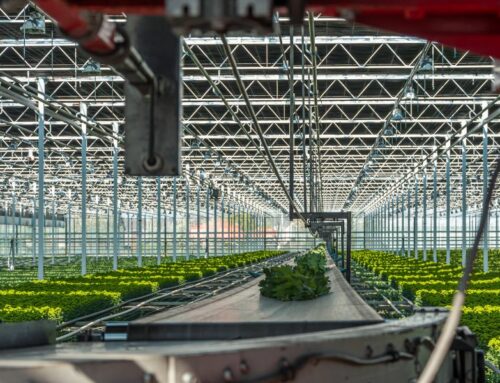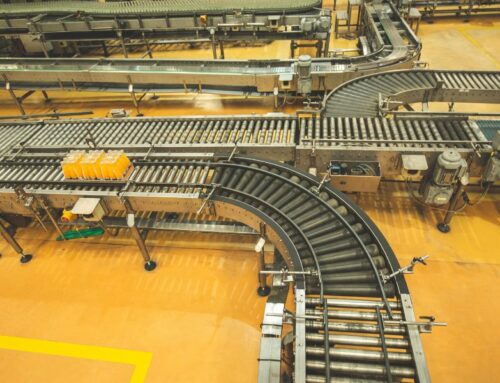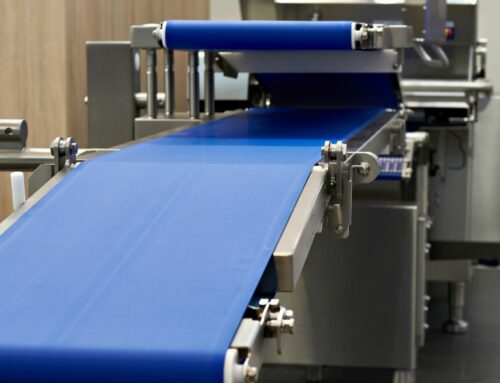
It’s nice to assume that any machine will work without a hitch when you turn the power on. Different types of motors and drives are the heart of conveyor systems, pumping power into the system and enabling smooth and efficient operations. The selection of the right motor and drive can significantly enhance the performance of the conveyor system. Conveyor motors provide the necessary kinetic energy to move the conveyor belt and the items on it, enabling the transport of goods from one point to another with minimal manual effort.
Conveyor drives, on the other hand, offer control over the movement’s speed and direction, facilitating the fine-tuning of the conveyor system’s operation according to specific requirements. This combination of power and control translates into improved productivity, reduced energy consumption, and enhanced operational safety.
For conveyors, several types of motors and drives supply power to their conveyor systems, so let’s look at the most prevalent options.
Internal Drives
An internal drive is when the motor lies within and connects with the drive pulley, essentially making it one component. You will often see this sort of drive for belt conveyors. The placement of the motorized pull is usually at the end drive, but some may be in the center of the internal drive.
End Drives
You can find an end drive at the end of the conveyor, as it provides power for one of the conveyor’s rollers. You’ll often hear people call an end drive a “head drive” because the materials on the conveyor move toward its head.
Generally, an end drive is where the conveyor discharges, allowing it to pull the chain or belt over the pulley. A skilled professional could place the drive at the infeed, letting it push the belt over the pulley rather than pulling it.
Center Drives
Although center drives are usually in the center of a conveyor’s frame, you can place them anywhere along the conveyor, assuming it does not contact the end pulleys or rollers. Otherwise known as mid-mount drives, these drives mostly contain three rollers instead of a single roller. Center drives are more costly than end drives due to their more sophisticated design.
DC Motors
A direct current motor, sometimes known as a DC motor, is an electrical machine that converts electrical energy into mechanical energy by producing a magnetic field generated by a direct current. A magnetic field is formed in the stator when activating a direct current motor. The magnetic field draws and resists magnets on the rotor, causing it to spin. The commutator supplies the current to the motor’s coils, permitting it to turn continuously.
AC Motors
An alternating current motor (AC motor) is a kind of electric motor comprising a stator and a coil, creating mechanical power from alternating currents. The stator is the motor’s fixed component, while the rotor is its revolving component.
Single-phase or three-phase AC motors are available, with three-phase motors mostly employed for heavier materials. Whereas a single-phase alternating current motor works well for low-power conversions.
Linear Actuators
A linear actuator is a device that converts circular energy into push or pulls linear motion that allows for lifting, lowering, sliding, or tilting machines or commodities. They offer effective and maintenance-free motion control that is stable and safe.
The different types of motors and drives for conveyor systems can make productivity skyrocket and keep employees safe. Redline Systems can be your home for your conveyor needs, especially with top-of-the-line machines like a portable concrete conveyor. If you have questions about our belt conveyors, please contact our experienced team today!



